Education in the United States is evolving, and teachers are actively rethinking traditional practices to better meet the diverse needs of today’s students. But what outdated methods are they leaving behind, and why?
1. Rote Memorization

Rote learning is rapidly losing favor as educators recognize the importance of critical thinking and understanding over simple memorization. This shift aims to prepare students for real-world challenges rather than just tests.
2. Standardized Testing Focus
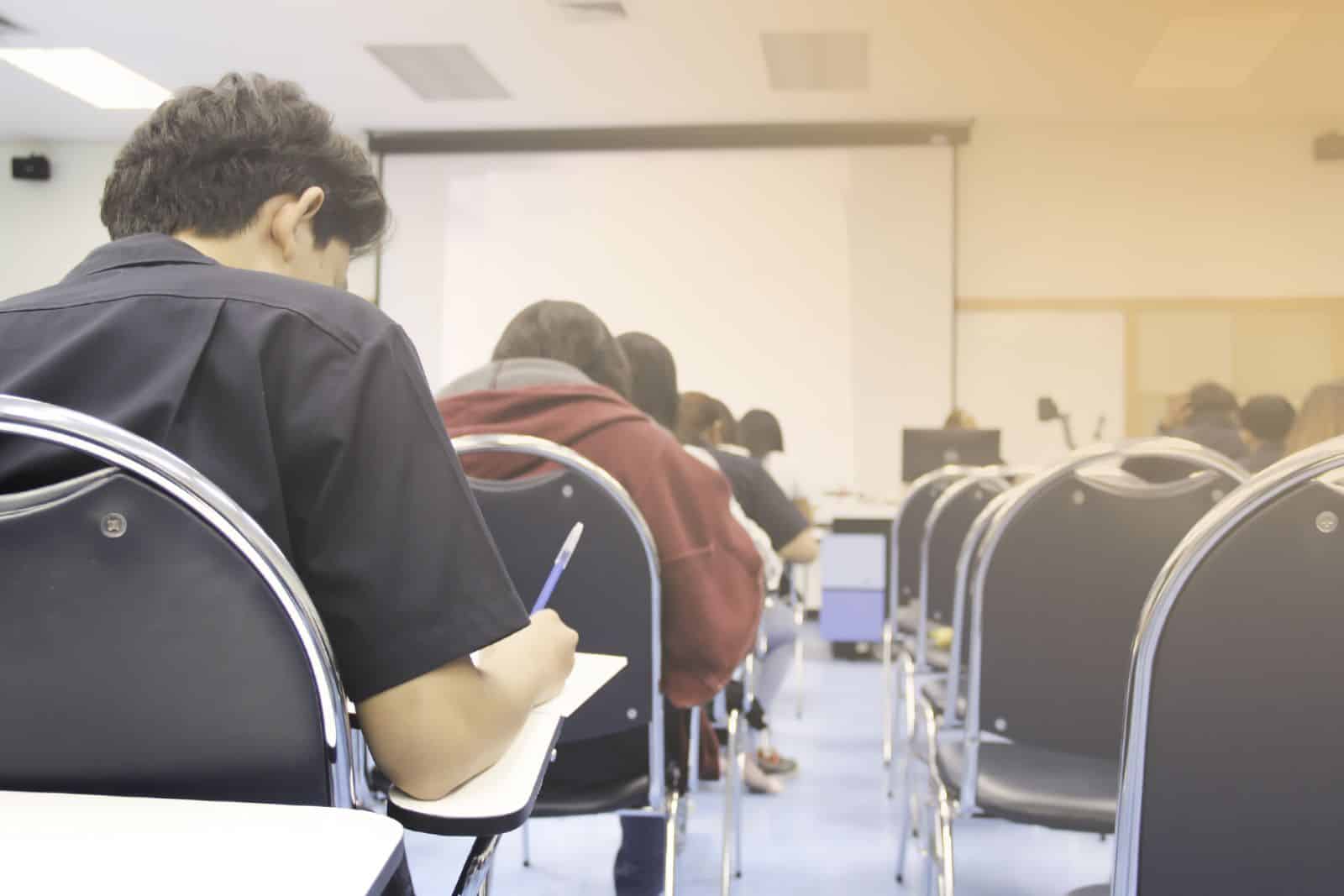
There’s a growing consensus that heavy reliance on standardized testing can stifle creativity and individual learning styles. Teachers are advocating for assessments that reflect a broader range of student skills and knowledge.
3. One-Size-Fits-All Instruction
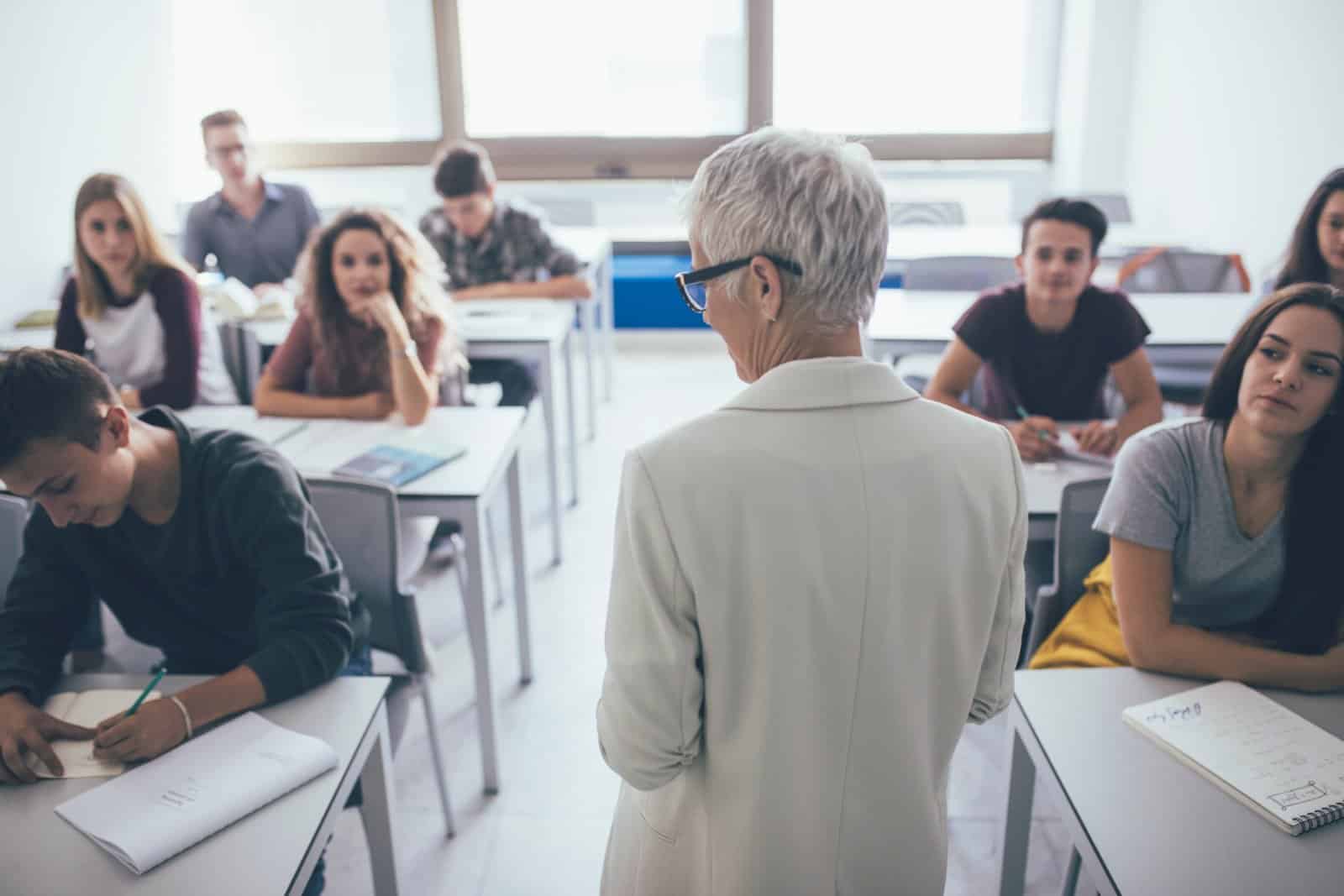
The traditional model of teaching the same material at the same pace to all students is fading. Personalized learning environments are being embraced to accommodate diverse learning paces and interests.
4. Teacher-Centered Instruction

The classic lecture model, where a teacher talks and students listen, is being overturned in favor of student-centered learning. This approach encourages students to engage, discuss, and collaborate more actively.
5. Textbook Reliance
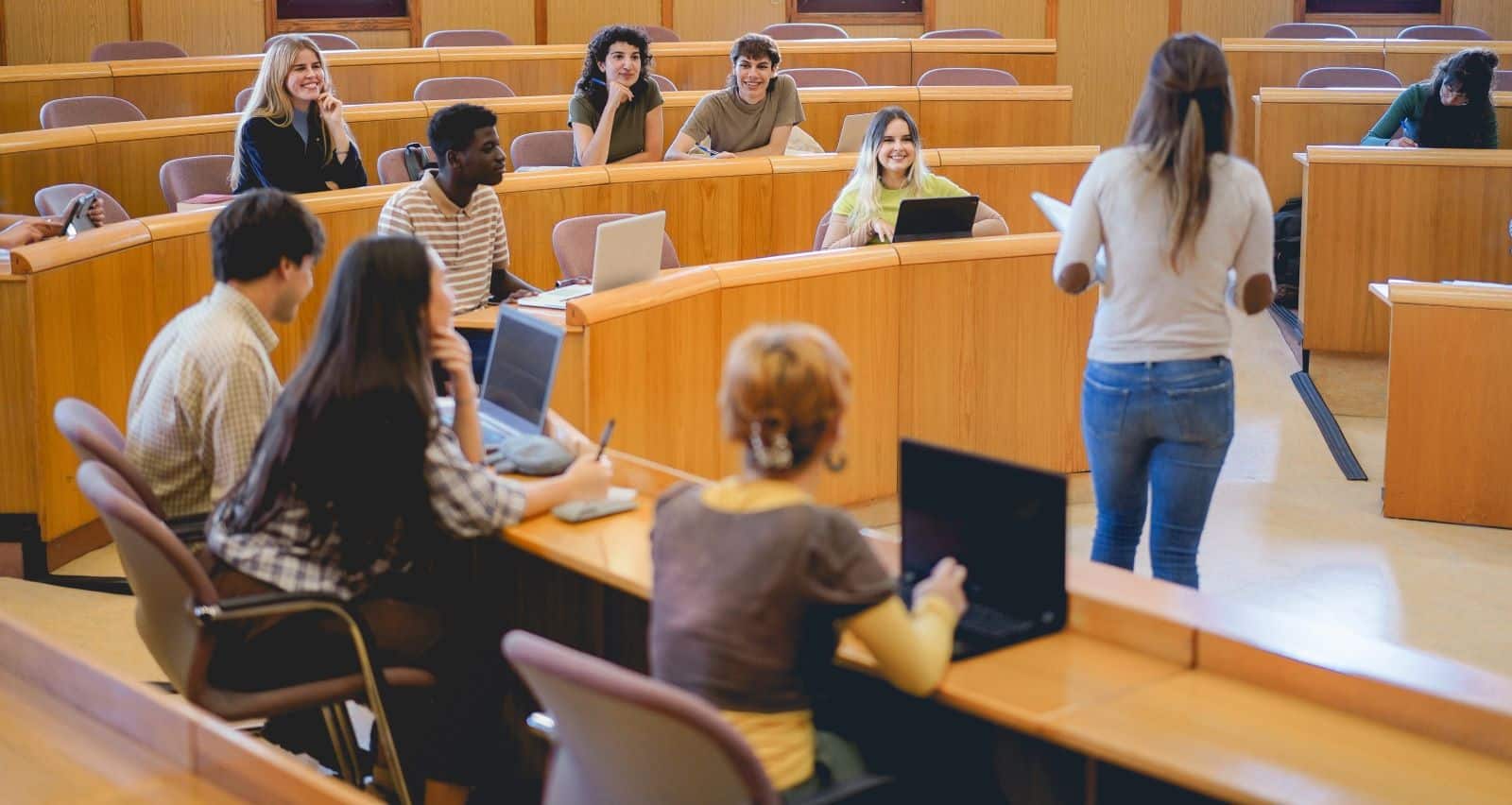
The digital age has teachers moving away from exclusive textbook reliance. Interactive and constantly updated digital resources are becoming more prevalent, providing students with current information and a range of perspectives.
6. Silent Classrooms

Gone are the days when silence was golden in the classroom. Teachers now see the value in collaborative learning and lively discussions that engage all students actively.
7. Disciplinary Focus
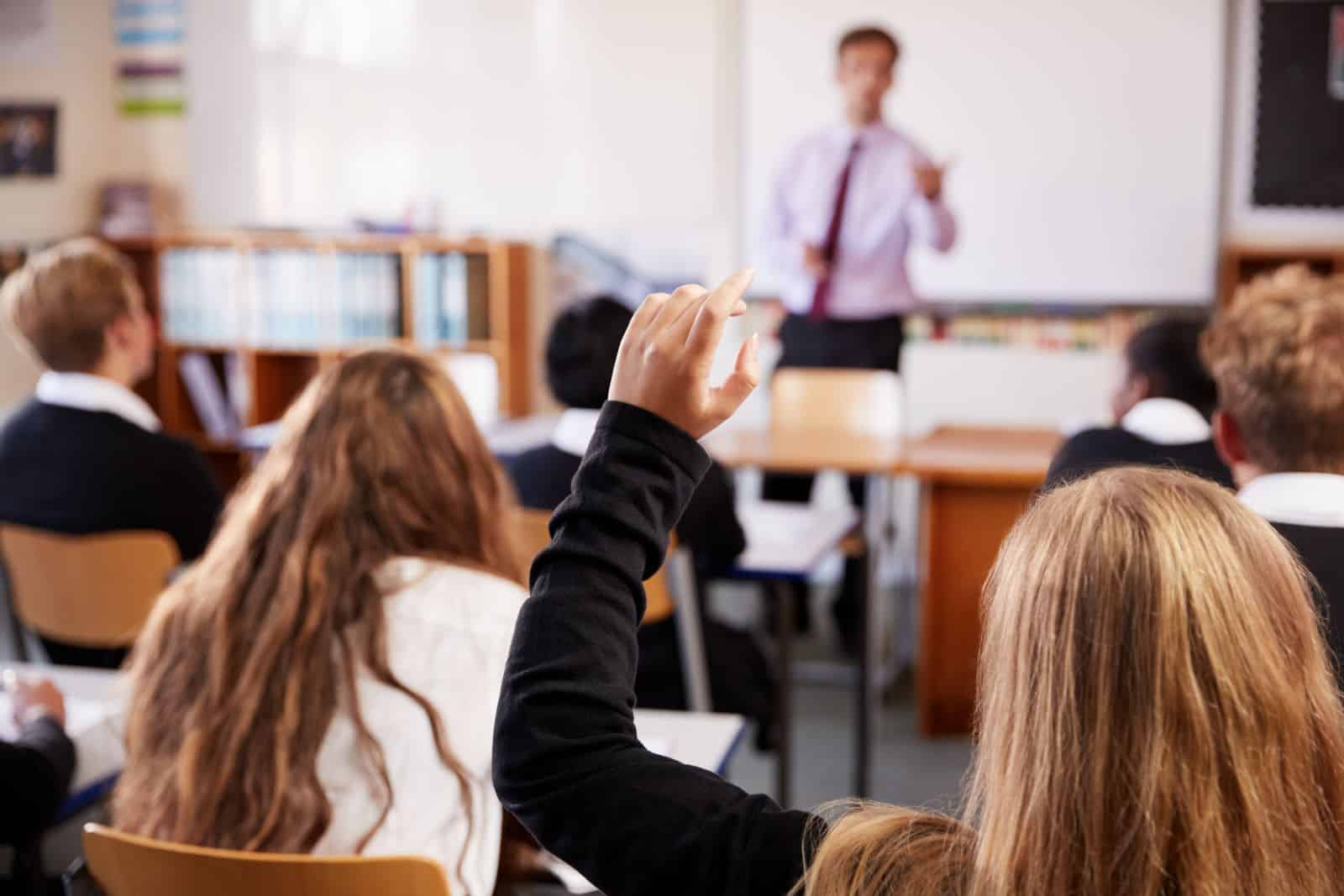
The strict disciplinary practices of the past are being replaced with restorative justice approaches. These methods promote accountability and reconciliation, which resonate more with social justice values.
8. Detention and Suspension

Suspensions and detentions are increasingly seen as ineffective. Schools are shifting towards interventions that address the causes of behavioral issues, such as counseling and social support.
9. Gendered Activities

Schools are moving away from activities that reinforce traditional gender roles, supporting a more inclusive environment for all students, including those from the LGBTQ+ community.
10. Tech-Free Classrooms

While screen time concerns remain, educators recognize the benefits of integrating technology in moderation. Tech-savvy classrooms can enhance learning and better prepare students for the digital world.
11. Annual Parent-Teacher Meetings
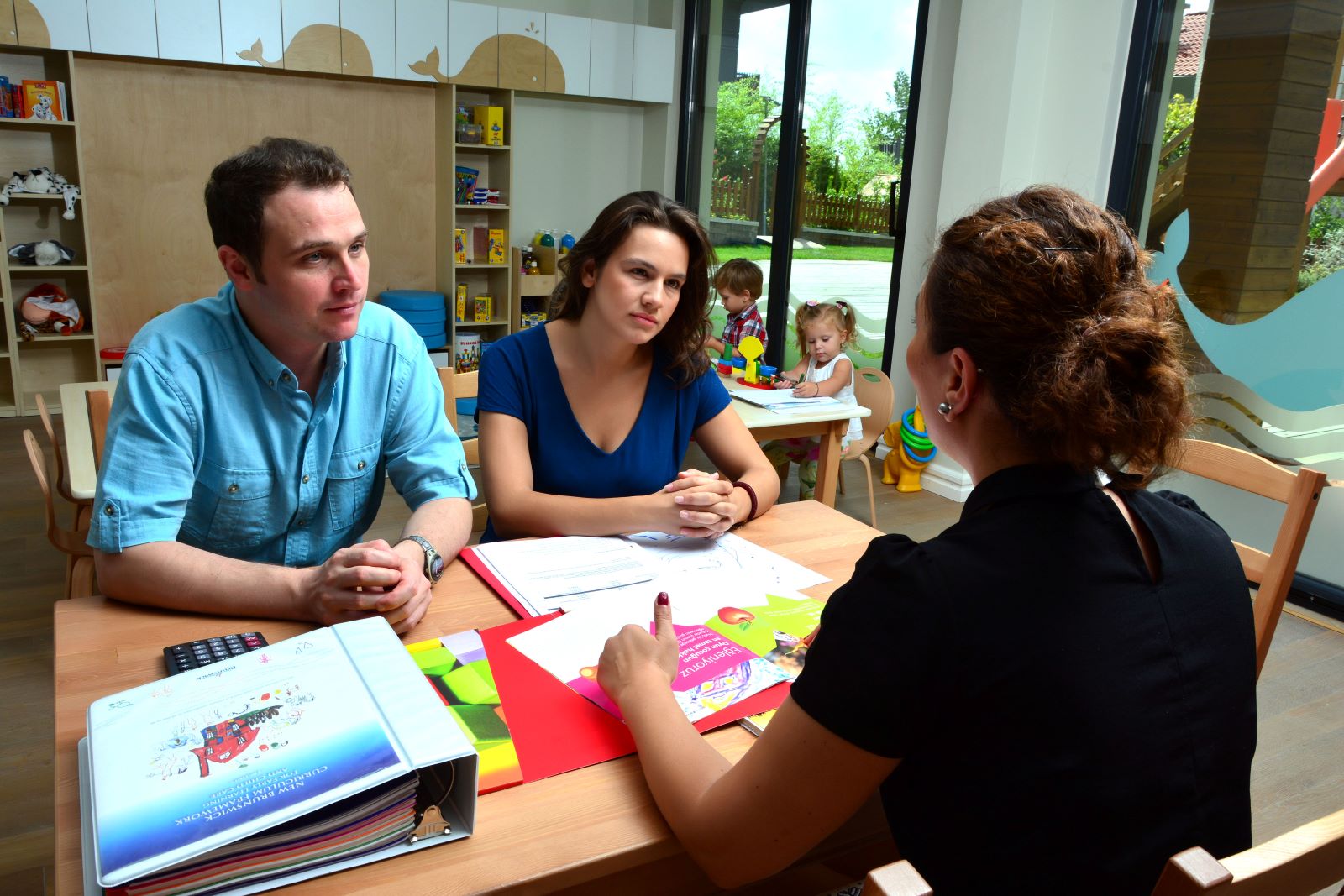
Instead of just annual meetings, continuous digital communication between teachers and parents is becoming normative. This change ensures parents are more immediately and consistently involved in their child’s education.
12. Surface-Level Cultural Education

Superficial nods to diversity are not enough. Schools are deepening cultural education to foster a genuine understanding and respect for different backgrounds and identities.
13. Non-interactive Homework

Homework is being transformed to ensure it is meaningful and interactive, rather than repetitive and burdensome. This approach helps maintain students’ interest and engagement with the learning material.
14. Linear Curriculum Designs

Curricula that rigidly follow a linear path without considering students’ interests are being restructured. Adaptive learning models that respond to student feedback and progress are in focus.
15. Overcrowded Classrooms
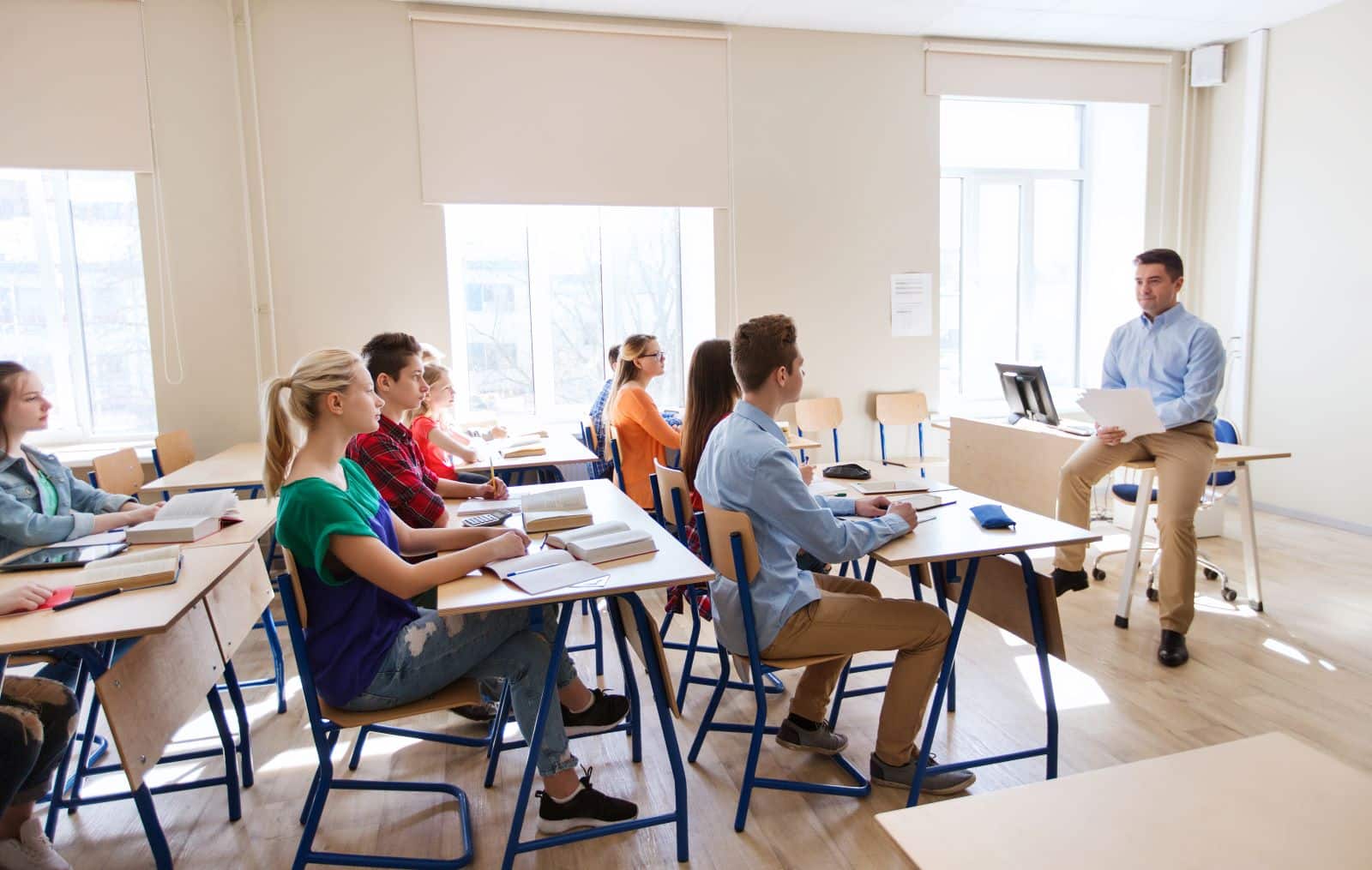
Efforts are increasing to reduce class sizes, thereby enhancing one-on-one instruction and improving student outcomes, even if this comes with higher financial costs.
16. Ignoring Emotional Intelligence

Emotional intelligence is now seen as equally important as academic success. Schools are incorporating strategies to help students manage emotions and build empathy.
17. Inflexible Seating
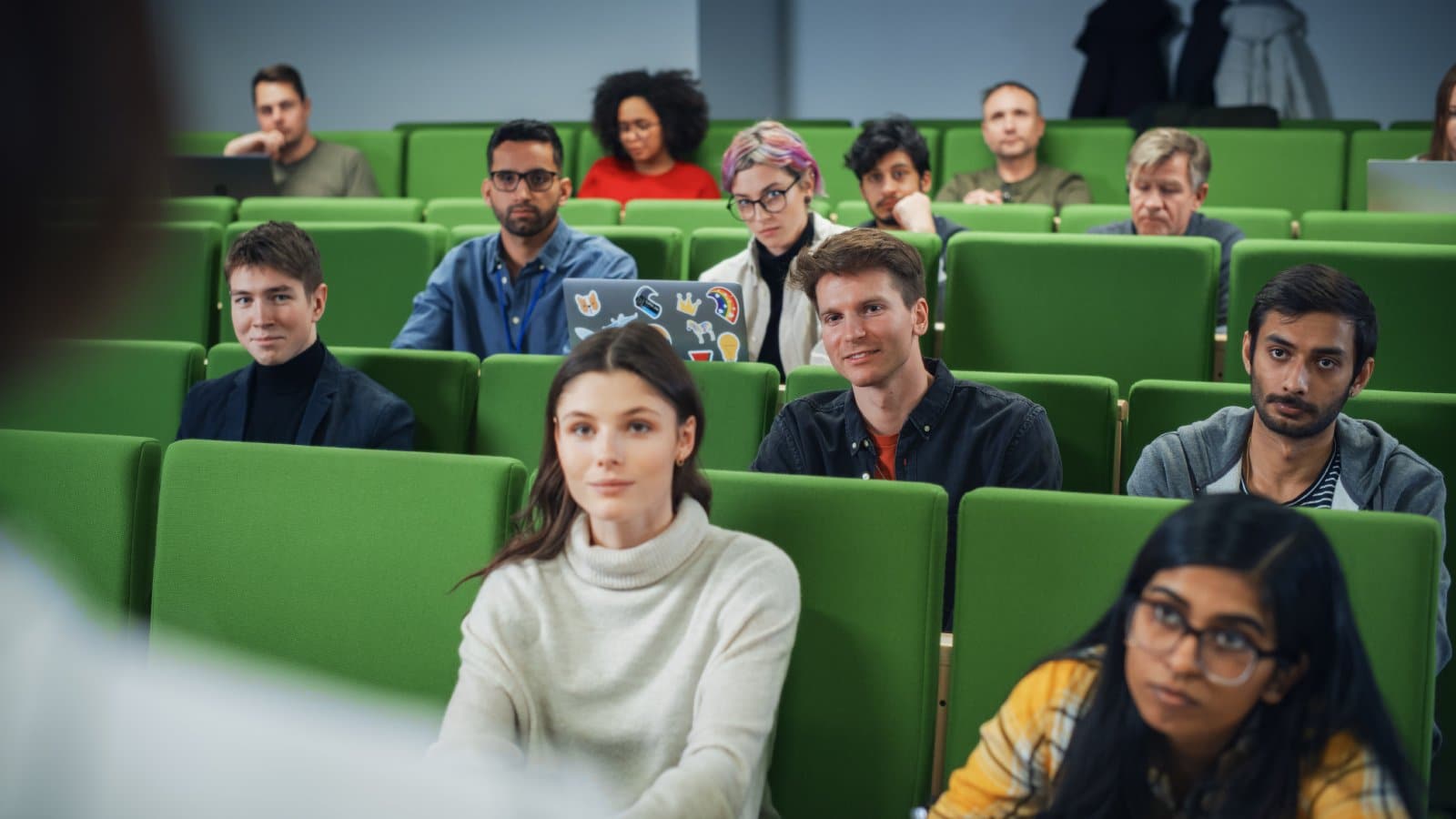
Static, rows-of-desks classroom setups are giving way to flexible seating arrangements, allowing students to choose where and how they learn best.
18. Manual Grading

Technology is being adopted to assist with grading, providing more immediate feedback for students and reducing teachers’ administrative load.
19. Strict Classroom Decorum
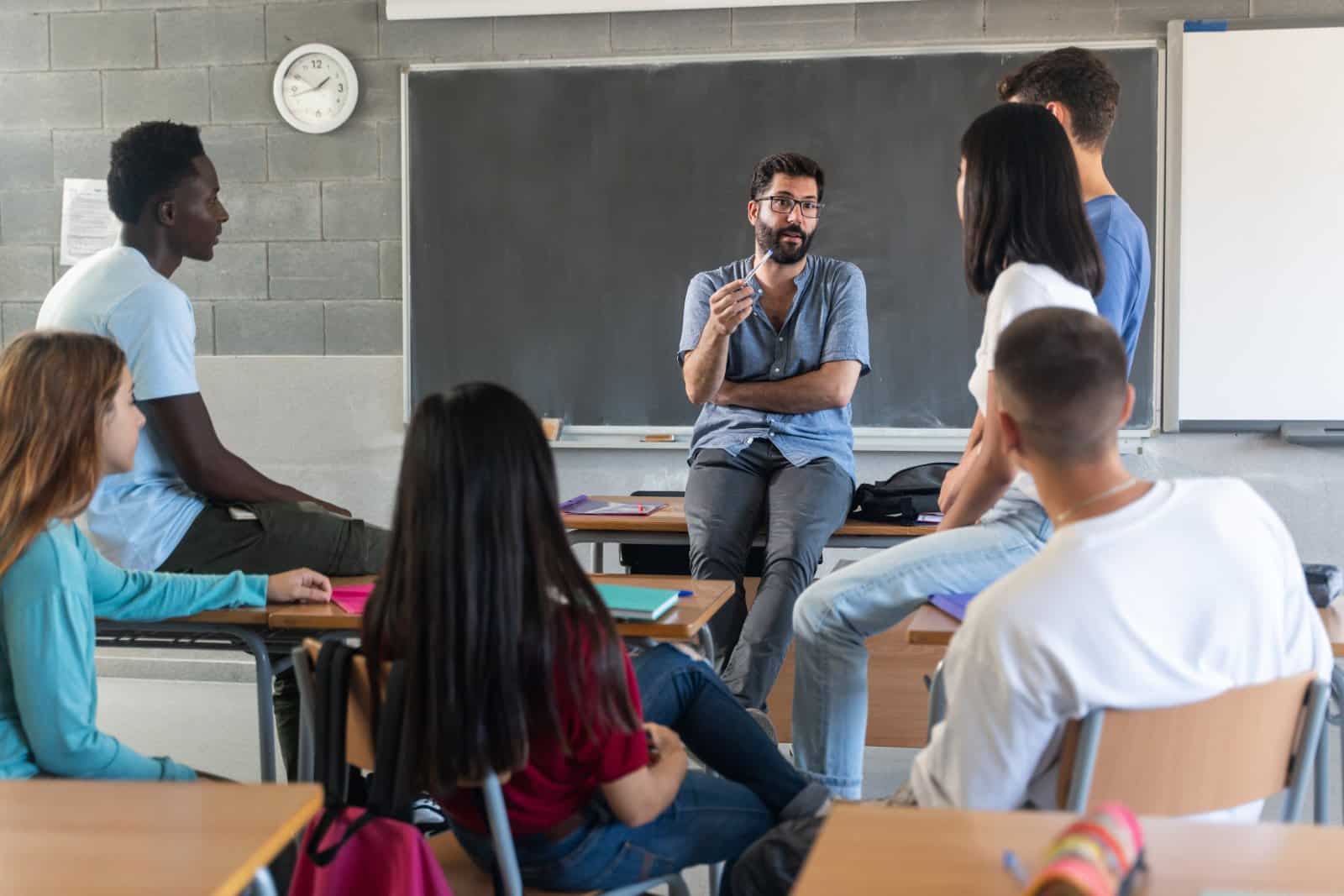
The strict, formal decorum once expected in classrooms is being relaxed. A more casual atmosphere is believed to foster better learning through comfort and openness.
20. Isolated Subjects

The trend is towards interdisciplinary studies that connect subjects like math, science, and the arts, reflecting real-world interconnections and stimulating deeper learning.
Looking Ahead

As U.S. education shifts away from these outdated methods, the focus is increasingly on creating a learning environment that is inclusive, dynamic, and responsive to the needs of all students. These changes not only challenge students intellectually but also support their emotional and social development.
The post 20 Outdated Teaching Methods U.S. Educators Are Leaving Behind first appeared on Pulse of Pride.
Featured Image Credit: Shutterstock / Drazen Zigic.
For transparency, this content was partly developed with AI assistance and carefully curated by an experienced editor to be informative and ensure accuracy.

